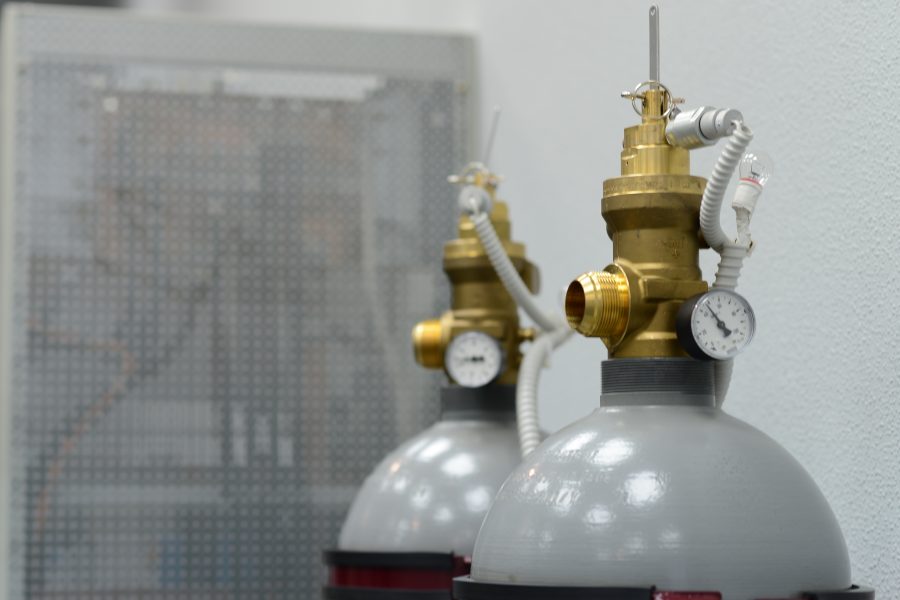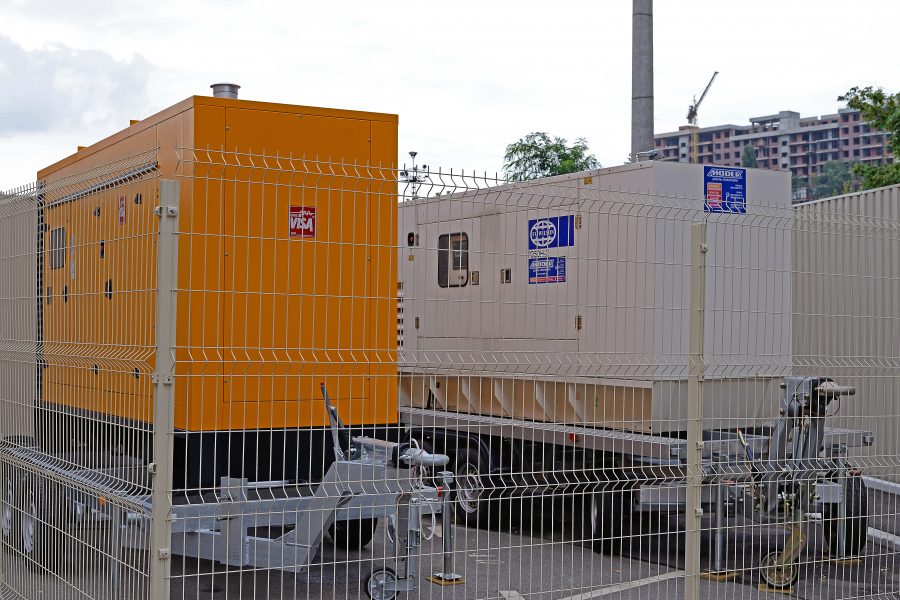Orange Slovakia has started a pilot operation of its LTE-M network and its connection to the complex platform Live Object, developed by the Orange group, which will carry out data gathering and analysis and management of IoT devices, reported Zive.sk.
The platform Live Object is already used in Slovakia for IoT management on LoRa WAN networks. In future, it will support any network, whether LoRa, GSM, LTE-M, Wi-Fi or something else.
Smart metering using the LTE-M network was presented by Orange at MWC 2017.
The main difference between the LoRa WAN and the new LTE-M network is that LTE-M is a 3GPP standard and it operates in a licensed band, giving the operator the advantage of full control over the IoT network. Another advantage of LTE-M is that it can be relatively easily deployed, because it works over an existing LTE infrastructure. The capacity ranges from 10 to 100 kbps, or more when necessary. The main disadvantage of LTE-M is the smaller range of devices, which will require the operator to install more transmitters across the country.
Beside Orange, other operators in Slovakia are also working on implementation of IoT. In December 2017, Slovak Telekom launched NB-IoT network. It is also a 3GPP standard, but it works differently and is intended for other types of device than LTE-M.
Non-standard LoRa WAN network pilots have been announced by smaller players, too, such as Slovanet and Antik. The operator SimpleCell launched a commercial IoT operation. It uses Sigfox technology, which is also non-standardised. It has reached good coverage in a relatively short time and has already signed up its first customers.









